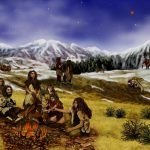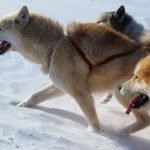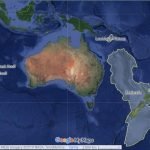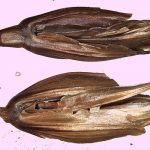Did modern humans cause Neanderthal extinction?
Neanderthal extinction could have occurred without environmental pressure or competition with modern humans, new study suggests.
Small populations, inbreeding, and random demographic fluctuations could have...
Unique sled dogs helped the Inuit thrive in the North American Arctic
Inuit sled dogs have changed little since people migrated to the North American Arctic across the Bering Strait from Siberia with them, according to...
What are lost continents and why are we discovering so many
For most people, continents are Earth’s seven main large landmasses.
But geoscientists have a different take on this. They look at the type of rock...
Scientists find sugars were delivered to Earth by meteorites
Researchers from Tohoku University, Hokkaido University, JAMSTEC, and NASA Goddard Space Flight Center investigated meteorites and found ribose and other sugars.
These sugars possessed distinct...
Legged snake fossils shed light on how snakes got their bite and lost their...
New fossils of an ancient legged snake, called Najash, shed light on the origin of the slithering reptiles.
The fossil discoveries published in Science Advances...
Scientists find the Nile river is about six times older than previously thought
Ancient Egyptians considered the Nile river to be the source of all life.
The steady northward path of the river has nourished the fertile valleys...
New fossil pushes back physical evidence of insect pollination to 99 million years ago
A new study has pushed back the first-known physical evidence of insect flower pollination to 99 million years ago, during the mid-Cretaceous period.
The revelation...
Scientists discover the ‘ghost’ footprints from Pleistocene era
Invisible footprints hiding since the end of the last ice age – and what lies beneath them – have been discovered by Cornell researchers...
Scientists decode 3,000-year-old Egyptian wheat genome for first time
The genome of an ancient Egyptian wheat has been sequenced for the first time by a UCL-led team, revealing historical patterns of crop movement...
New fossils show life’s recovery after dinosaur-killing asteroid strike
A newly discovered collection of fossils reveals how life recovered after the asteroid impact that wiped out the dinosaurs 66 million years ago at...










